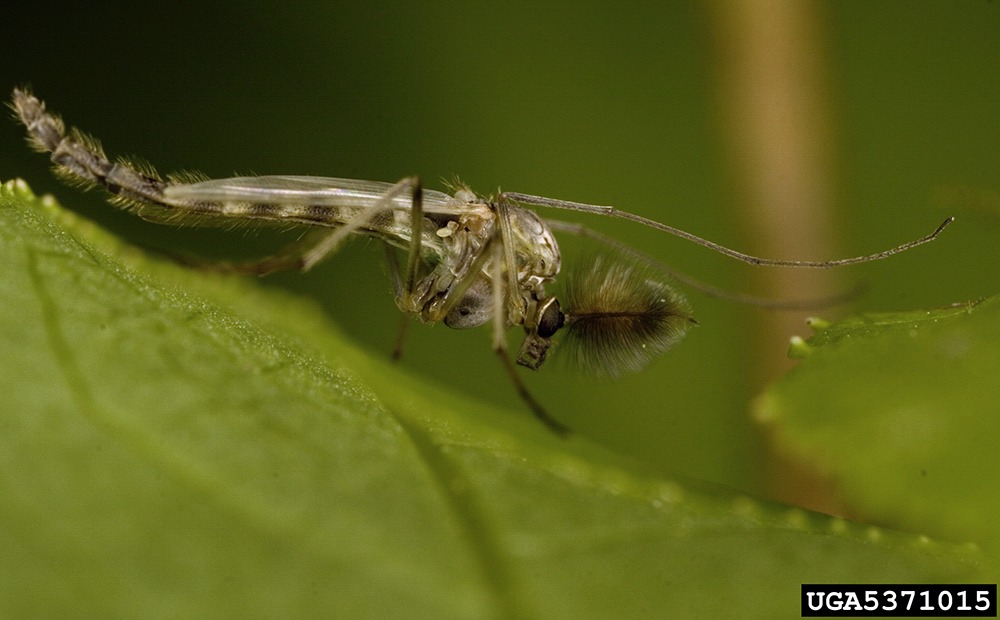
soil arthropods.jpg
Soil Arthropods: Tiny Guardians of Soil Health
Definition:
Soil arthropods are a diverse group of invertebrate animals inhabiting the soil environment, including insects, spiders, mites, and millipedes. These tiny organisms play vital roles in nutrient cycling, organic matter decomposition, and pest regulation, contributing to soil health and ecosystem functioning.
Valuable Assistance:
Understanding the ecology and functions of soil arthropods is essential for farmers as it enables them to implement management practices that promote beneficial arthropod populations and enhance soil fertility and productivity. By fostering a diverse and thriving community of soil arthropods, farmers can improve pest control, nutrient cycling, and crop resilience.
Fall off the barn roof and busted your keister? Life on the farm or ranch can be tough on the bum. Need a break? Laugh it off at FarmerCowboy.com, the #1 farm humor site. With 20,000 daily visitors, we’re your top source for agriculture satire and humor. Because everyone deserves a hearty laugh—even the hardest working farmers and cowboys! Join us and turn those long days into fun tales at FarmerCowboy.com.
Enlightening Details:
- Predatory Behavior: Soil arthropods include numerous predators and parasitoids that prey on pest insects and other soil organisms. Predatory arthropods help regulate pest populations and maintain a balance within the soil food web, contributing to natural pest control.
- Detritivory: Many soil arthropods feed on organic matter, including dead plant material and animal residues, contributing to organic matter decomposition and nutrient cycling. Detritivorous arthropods shred and fragment organic residues, accelerating their decomposition and releasing nutrients for plant uptake.
Informative Tips:
- Functional Diversity: Soil arthropods exhibit diverse functional roles, including predators, herbivores, detritivores, and symbionts. Understanding the functional diversity of soil arthropods can help farmers implement targeted management strategies to enhance specific ecosystem services.
- Habitat Provision: Providing habitat features such as mulch, crop residues, and hedgerows can create shelter and refuge for soil arthropods, promoting their populations and activities in agricultural soils.
Actionable Suggestions:
- Conservation Biological Control: Enhancing habitat diversity and providing resources for natural enemies of pests can promote biological control of crop pests by soil arthropods, reducing the need for chemical pesticides.
- Integrated Pest Management: Implementing integrated pest management (IPM) strategies that combine cultural, biological, and chemical control methods can help farmers manage pest populations while minimizing environmental impacts.
Practical Advice:
Integrating practices that support a diverse and balanced community of soil arthropods is essential for sustainable agriculture. By promoting beneficial arthropod populations and managing pest populations, farmers can improve soil health, enhance nutrient cycling, and optimize crop productivity while minimizing reliance on external inputs.
References:
- Perfecto, I., & Vandermeer, J. (2015). The agroecological matrix as alternative to the land-sparing/agriculture intensification model. Proceedings of the National Academy of Sciences, 112(43), 13663-13668. Link
- Holland, J. M., & Reynolds, C. J. (2003). The impact of soil cultivation on arthropod (Coleoptera and Arachnida) emergence on arable land. Pedobiologia, 47(3-4), 201-212. Link
- Altieri, M. A. (1999). The ecological role of biodiversity in agroecosystems. Agriculture, Ecosystems & Environment, 74(1-3), 19-31. Link
Originally posted 2018-07-02 18:15:17.
Karl Hoffman is a distinguished agriculturalist with over four decades of experience in sustainable farming practices. He holds a Ph.D. in Agronomy from Cornell University and has made significant contributions as a professor at Iowa State University. Hoffman’s groundbreaking research on integrated pest management and soil health has revolutionized modern agriculture. As a respected farm journalist, his column “Field Notes with Karl Hoffman” and his blog “The Modern Farmer” provide insightful, practical advice to a global audience. Hoffman’s work with the USDA and the United Nations FAO has enhanced food security worldwide. His awards include the USDA’s Distinguished Service Award and the World Food Prize, reflecting his profound impact on agriculture and sustainability.







Love this post! Seriously too good! ??